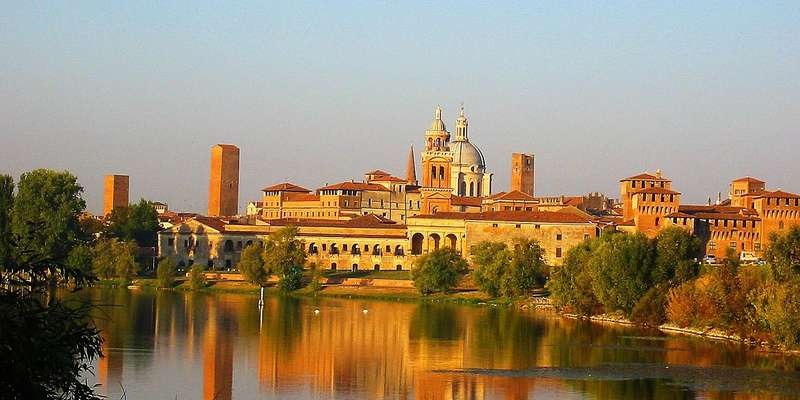- Home
- Useful Tips
- Mantua's secret courtyards and...
Behind Mantua's unassuming facades lie some of Italy's most breathtaking Renaissance courtyards – yet most visitors never see them. Over 70% of travelers report missing these architectural treasures entirely, often assuming palazzo interiors are closed to the public. The frustration is palpable when you later discover peer photos of vaulted arcades and frescoed loggias you walked right past. Unlike Venice's signposted landmarks, Mantua's aristocratic courtyards operate on an unspoken code – some welcome visitors during business hours, others require subtle local knowledge to access. This creates a dilemma for culture-loving travelers: how to experience these masterpieces of perspective and proportion without trespassing or wasting precious vacation time on guesswork.


Decoding courtyard access – which palazzos welcome visitors
The golden rule in Mantua is that civic buildings and religious institutions generally offer the most accessible courtyards. Start at Palazzo Te's sprawling quadrangle, where Giulio Romano's playful giants loom over an open-air gallery anyone can visit during museum hours. The Ducal Palace complex reveals three progressively grander courtyards simply by following the main visitor route – watch for the transition from medieval austerity to Renaissance harmony in the Cortile della Cavallerizza. Less obvious but equally welcoming is Palazzo d'Arco's neoclassical courtyard, visible when the museum is open. For working palazzos, morning hours (9-11am) are ideal to slip into places like Palazzo Bonacolsi's geometric-paved cortile when lawyers and accountants arrive but before security becomes vigilant. Always look for brass nameplates listing multiple businesses – these indicate semi-public access is tolerated.
The art of respectful courtyard visiting – what locals notice
Mantuan courtyards aren't tourist attractions but living spaces, and your demeanor determines how long doors remain open. Move quietly through these sonic chambers where footsteps echo off brickwork – loud conversations trigger quick ejection. Keep cameras discreet; while photography isn't forbidden, overt equipment makes residents uneasy. The most photogenic angles often involve looking upward from the courtyard's center, capturing the play of light through successive loggias. If challenged (a rare occurrence), a polite 'Posso ammirare il cortile?' (May I admire the courtyard?) with a gesture toward your camera usually suffices. Thursdays are ideal for Palazzo Valenti Gonzaga's floral courtyard as the ground-floor antique dealer arranges fresh blooms. Remember these spaces aren't maintained for visitors – avoid touching weathered frescoes or sitting on antique benches unless clearly designated as seating.
Beyond DIY – curated experiences for deeper access
When independent exploration feels limiting, several authorized options reveal courtyards normally off-limits. The Mantua Segreta walking tour unlocks four private courtyards including a 15th-century wellhead hidden behind an unmarked door near Piazza Sordello. For early risers, the 'Breakfast in a Palace' program grants cafe access to Palazzo Andreani's courtyard before official opening. Architecture students can often join university-organized visits to restoration sites like Palazzo Canossa's crumbling but magnificent arcades. Those preferring self-guided access should target September during the Festivaletteratura, when literary events temporarily open dozens of extraordinary courtyards with minimal crowds. The tourist office's 'Courtyard Pass' (available weekdays) provides a map with current access conditions – it's the only way to know which participating palazzos have temporarily suspended visits due to private events.
Courtyard-adjacent stays – waking up to Renaissance elegance
Extend your courtyard immersion by staying in one of Mantua's handful of accommodations occupying historic palazzos. The boutique hotel Casa Poli overlooks its own herb-scented cortile where guests breakfast under 17th-century arches. For a splurge, Palazzo Castiglioni's suite rentals include after-hours access to a courtyard featuring Giulio Romano's original grotesque fresco fragments. Budget travelers can enjoy courtyard vibes at Palazzo Ducale's affiliated guesthouse, where simple rooms surround a communal space with the same brickwork patterns as the main palace. Several agriturismos just outside town, like Tenuta San Carlo, replicate the courtyard experience with converted farm buildings surrounding central gardens. Wherever you stay, request a 'cortile view' room – these are often quieter than street-facing options and flood with the same golden light that inspired Mantegna's paintings.



